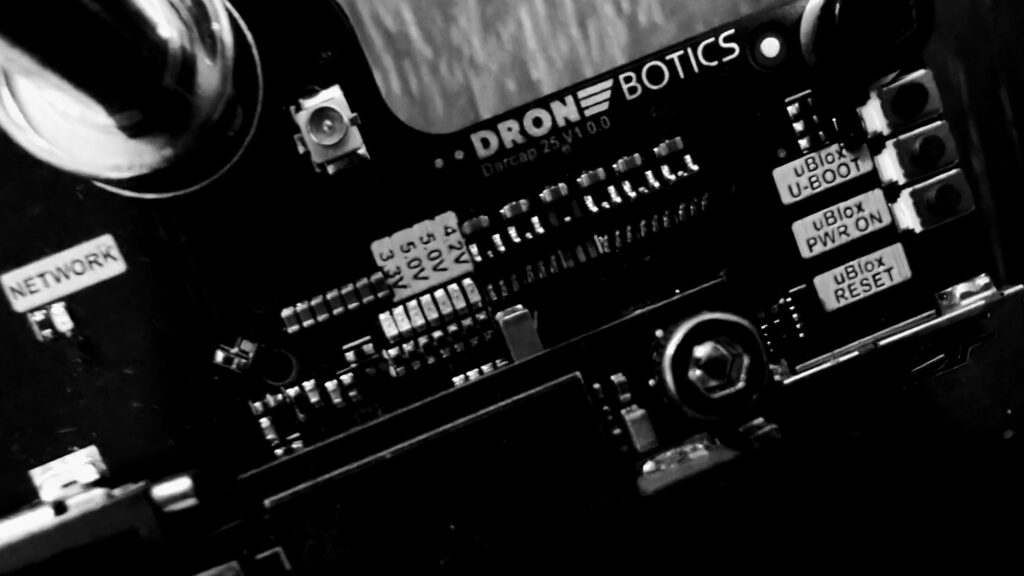Since the launch of ChatGPT in late 2022, public awareness of artificial intelligence (AI) has skyrocketed. AI is being used in an increasing number of applications—from generating images and music based on text prompts to real-time decision-making in autonomous systems. A defining feature of artificial intelligence is its ability to learn independently and make its own decisions. In this blog, we explore an exciting question: how is AI currently used in drones, and what does the future hold for AI and drone technology?
AI and drone technology: current applications
Right now, the use of AI in drones is already having a major impact on several industries. When AI models are trained for specific tasks, they can be deployed on drones for autonomous missions. Here are some real-world AI drone applications:
- Inspection and maintenance: An intelligent drone equipped with computer vision can inspect roads, buildings, and other infrastructure, detecting anomalies without human intervention.
- Precision agriculture: An AI-controlled drone can identify weeds among crops, allowing targeted use of herbicides—this is a typical AI-based drone application.
- Security and surveillance: A drone with artificial intelligence can detect suspicious activity or individuals in sensitive areas.
- Fishing industry: An AI drone can locate schools of fish, guiding fleets to optimal locations.
In 2025, DJI released the Matrice 4 series, calling it “The Age of Intelligent Flight.” This DJI AI drone comes with built-in AI models capable of detecting vehicles and other objects. It’s a prime example of how AI and drone technology are merging to create smart drones in the world—drones that not only fly but also think.
Dronebotics and the Darcap 25
Dronebotics takes a different approach by externally integrating AI into drones using its custom Darcap 25 drone computer. This setup allows for much more processing power, making complex, real-time AI detection possible. This kind of AI drone effect means that insights are instantly available. For example, Dronebotics is working on real-time weed detection in agriculture using the Darcap 25.
The Darcap 25 supports direct responses through programmable software and supports open-source AI drone applications. Developers can upload their own AI models and software, offering unmatched flexibility.

The future of autonomous AI drones
Looking ahead, the role of AI in drones is only expected to grow. Autonomous drones with artificial intelligence will be able to make in-flight decisions on their own—navigating around obstacles, changing routes based on weather or terrain, or deciding when to land. These AI drones will identify patterns and make predictions in real time, eliminating the need for human pilots.
This raises a compelling question: Will drone pilots be replaced by AI? In some scenarios, the answer may be yes. However, before AI drone flight becomes fully autonomous in places like the Netherlands, significant updates to aviation regulations will be needed.
So, do drones use AI? Increasingly, yes. The line between drones and AI is blurring, and the result is a new generation of smart, AI-powered UAVs that are more capable, more adaptive, and more autonomous than ever before. The future of drones lies in artificial intelligence.